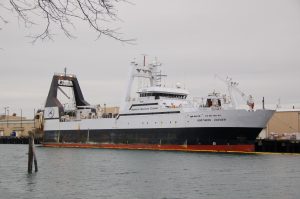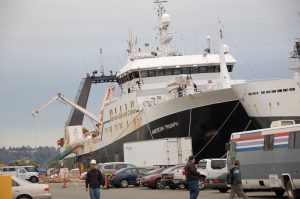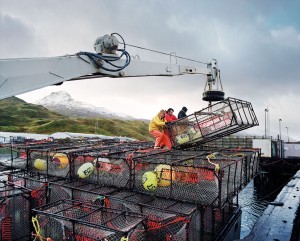206.624.8844
10 Things to Know Before Going up to Alaska for “A Season”
 It’s that time of year again. The holidays are over and you’re going back to work on a factory trawler up in Alaska for “A-Season.” Whether you’re a returning crew member or a greenhorn, it’s important that you have a clear understanding of your legal rights before going up to Alaska on a factory trawler. Failure to protect or know your rights before you leave can seriously impact your ability to get fair compensation if you are injured. Here are the top 10 things to know about your legal rights before going back to work:
It’s that time of year again. The holidays are over and you’re going back to work on a factory trawler up in Alaska for “A-Season.” Whether you’re a returning crew member or a greenhorn, it’s important that you have a clear understanding of your legal rights before going up to Alaska on a factory trawler. Failure to protect or know your rights before you leave can seriously impact your ability to get fair compensation if you are injured. Here are the top 10 things to know about your legal rights before going back to work:
- Report Your Injury. If you get injured on a factory trawler, you need to report the injury as soon as possible in writing. Some leads or supervisors will try to delay or discourage you from filling out an accident report in order to limit the number of claims filed against the company. You should insist on filling out an accident report immediately. Remind your supervisor that company policy requires you to fill out an accident report following an injury.
- Fill Out An Accident Report. Fill out an accident/incident report even if you believe the injury will resolve quickly. Some injuries that you initially believe will resolve quickly can turn into larger issues that may lead to surgery. You are not a doctor and don’t know if your injury will become more serious than you believe at first. If you fail to fill out an accident/incident report in a timely manner, the company may try to deny your claim because you did not report it.
 Seattle Maritime Injury Lawyer Blog
Seattle Maritime Injury Lawyer Blog





